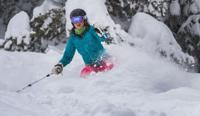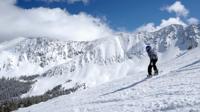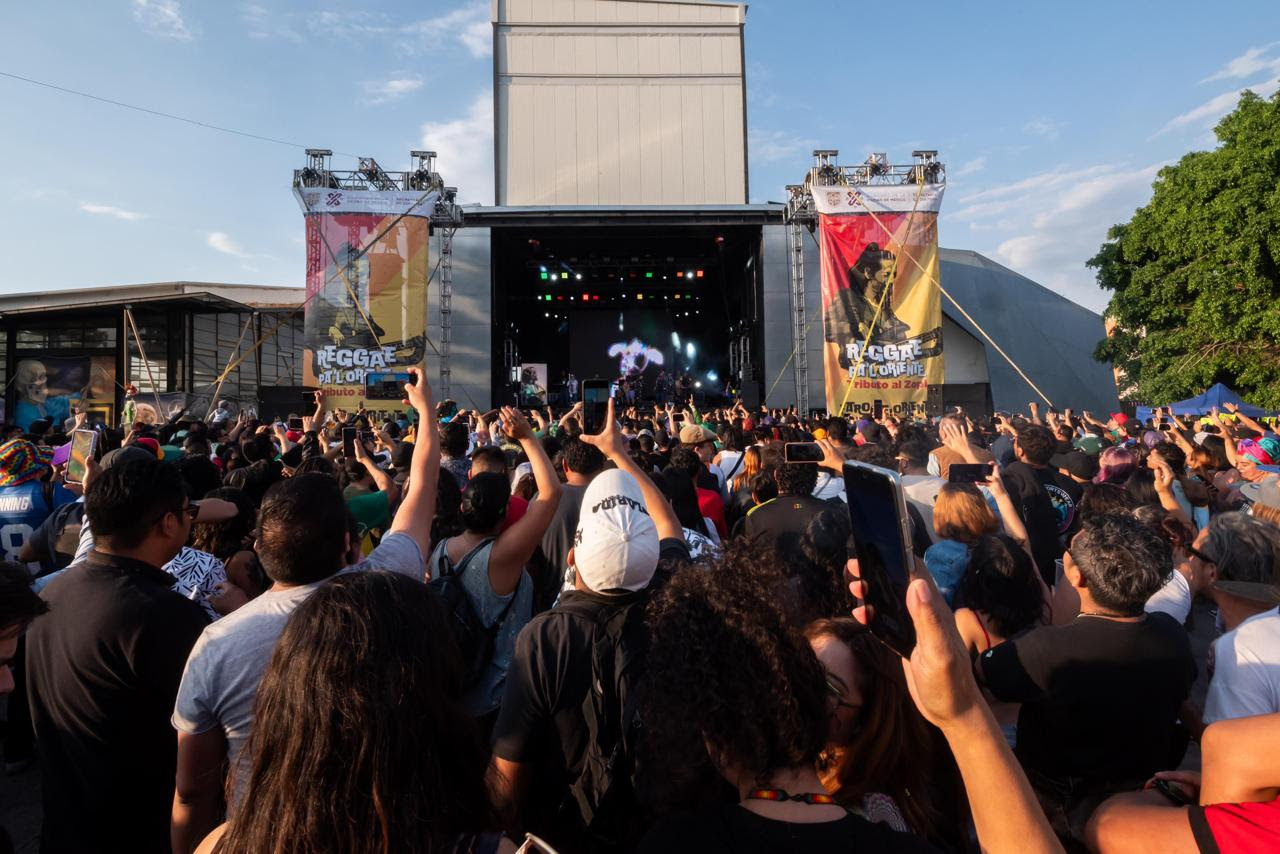A dive into Colorado’s skiing soul and spirit – Colorado Springs Gazette

In Colorado’s ski world, there are legends and lesser-known legends. An example of the latter is Tom Szwedko.
Szwedko is called Tomski by his friends. As one told us: “There are people who think they are fanatic skiers, but they haven’t met Tom Szwedko.”
Midway through his 70s, we found Tomski last winter continuing a streak of skiing every month — year-round — since 1979.
In the winter, of course, he skis more than once a month, even if it is simply down the street from his Leadville home. In the heat of summer, the retired engineer looks to shaded, elevated patches he knows from a lifetime of analysis where he can plop his skis and continue the streak. It’s no wonder he picked Leadville, North America’s highest incorporated town, as his home.
For a man whose health is declining, the mission has been somewhat concerning to friends. They also think of the mission as sustaining Tomski.
“It’s fun,” Szwedko said.
Skiing is fun, yes. And, yes, in Colorado that is an understatement.

Colorado Powder Day. Leslie McWilliams of Colorado Springs skies through the fresh power below the Paradise Express lift Thursday, Jan. 12, 2017, at Crested Butte. The Colorado mountain town has received 94 inches of snow over the last week. (The Gazette, Christian Murdock)
For this annual winter guide, what better theme than the sport that has come to define us as Coloradans?
The importance of skiing could be put in economic terms. Colorado Ski Country USA, the trade group representing 27 of the state’s lift-served ski areas, commissioned a report in the 2013-14 season that found the industry benefiting Colorado’s economy to the tune of $5 billion a year.
“Since then, during the last 10 years, we’ve had multiple record years,” said Melanie Mills, Colorado Ski Country’s top executive. “That number is going to be bigger today.”
The 2013-14 season was celebrated as a record at the time: 12.6 million visits to the slopes, by Colorado Ski Country’s count. Last season, the trade group reported a record 14.8 million visits.
The growth matches a trend across the country, as tracked by National Ski Areas Association. Colorado doesn’t boast the most ski areas — you might be surprised to read New York and Michigan have more — but it certainly has some of the most iconic worldwide, said that association’s Adrienne Saia Isaac.
And “Colorado has the most skier visits consistently every year,” she said.
But the numbers fall short of putting the importance in perspective. The power of skiing is found in so much that is immeasurable.

Arapahoe Basin. Christian Murdock
“It’s the red faces in the lodge. It’s the way cold beer tastes at the end of a ski day,” Mills said. “When you put those boards or board on your feet and let gravity have its way with you in the mountains of Colorado, there’s just nothing that even comes close to it.”
It’s the people you meet, she said. She met her husband of 30-plus years in a lift line.
In 1986 at Vail, Curtis Cloutier met his wife. It was the start of a fun life together that ended too soon. She died in 2001.
One way Cloutier got back on his feet was by getting back on skis. He joined a Denver-based ski club, Up the Creek, of which he is now president.
“I figured out a long time ago that skiers are great people to hang out with,” he said. “We’re very fortunate we live in Colorado and very fortunate we got some of the greatest skiing in the world right here out our doorstep.”
In the beginning in Colorado, skiing was deemed more necessary than it was great.
For a founding father of the sport in the state, we might look to Father John Dyer. History recalls him as the “itinerant preacher” or the “skiing preacher.” In the 1860s, he moved across the Rockies on wooden planks, as necessary, to spread the good word around mining camps.
We might call Pete Seibert another founding father. While with the Army’s 10th Mountain Division at Camp Hale near Leadville, Seibert trained on skis with other men in preparation for maneuvers in Europe. Along with other soldiers, Seibert went on to shape the industry as we know it; he scouted the back bowls above an old sheep valley to be called Vail.
Seibert was a pal of Bill Copper, we heard from the son of Copper. In Leadville, Paul has carried on the ski rental business his dad started more than 75 years ago. It’s now one of Colorado’s oldest shops of its kind.
“So many people in Leadville worked in the mine, and (my dad) wanted to get them outside,” Paul told us. “He wanted to get them to enjoy this that we live in, instead of just coming home from work and thinking, ‘Ugh, all that snow I gotta shovel.’ He wanted to get them out and see what skiing was.”

Crested Butte. Christian Murdock
It became the way of thinking for old, bitter ranchers around Steamboat Springs. They were helped by a Norwegian immigrant named Carl Howelsen. His ski jumps in 1914 were the start of North America’s longest-going ski area: Howelsen Hill.
It’s no wonder then that Steamboat took on the reputation for raising more Olympic skiers than any place in America. Steamboat has been the longtime home of one of the sport’s great pioneers: Billy Kidd, who in 1964 became America’s first man to win an Olympic medal in alpine skiing.
We spent an afternoon with Kidd once, watching him take pictures with fans, walking into bars where people raised their glasses to him. “Nice job with the sunshine today,” Kidd said to a liftie, who responded: “All for you, sir.”
The sun shines for all of us, whether we’re skiing to be the next Mikaela Shiffrin — the most decorated skier of all time also molded by Colorado — or simply skiing for the feeling. That’s what keeps us returning to the slopes. Indeed, that’s the reason for the record visits across the state.
And indeed, nearly four years later, it might seem we are far removed from the onset of the pandemic that froze chairlifts on a dark, March day we will not soon forget. The effects of the pandemic, though, are still felt across the ski scene, starting with those record visits.
“People rediscovered a love for being outside because they didn’t want to be inside,” Mills said.
One result: “The season pass market is alive and well,” she said.
More Epic Pass and Ikon Pass holders have been met by bigger investments back into resorts, Mills noted. Vail Resorts, for example, approached the 2023-24 season by announcing a capital investment in the neighborhood of $211 million for its global destinations, including faster, higher-capacity lifts at Breckenridge and Keystone. That followed a whopping $320 million announced in 2021, including higher wages for a workforce to meet the growing customer demand.
In Breckenridge, Trygve Berge told us it was hard to imagine the resort he co-founded back in the 1960s.
“There isn’t powder anymore,” he said. “About 10 minutes after opening, somebody has skied it out.”
Still, he chases it. As does a lesser-known legend.
One of Tomski’s friends sent us a photo of the man this summer. Tomski was resting at an alpine lake, the mountains around him appearing bald amid the greenery.
Of course, he was looking for any patch of white. Looking, longing, like so many of us, for snow.







